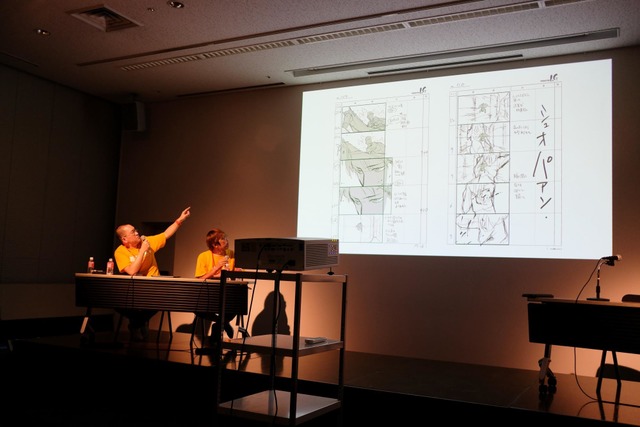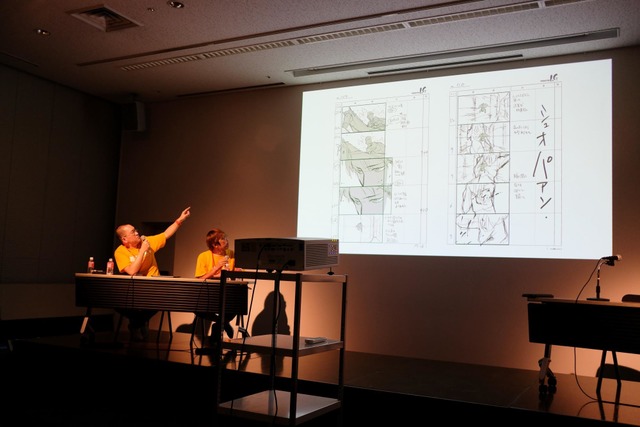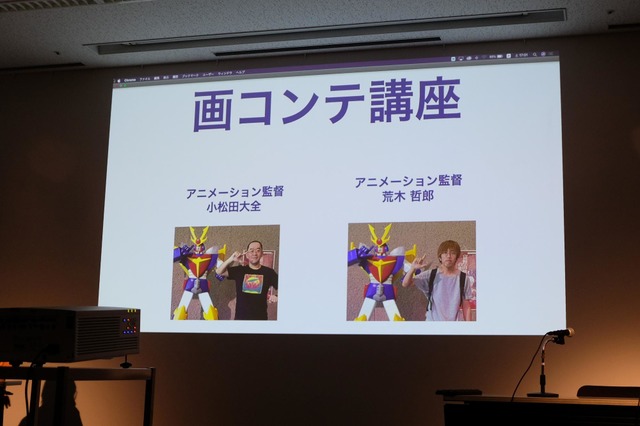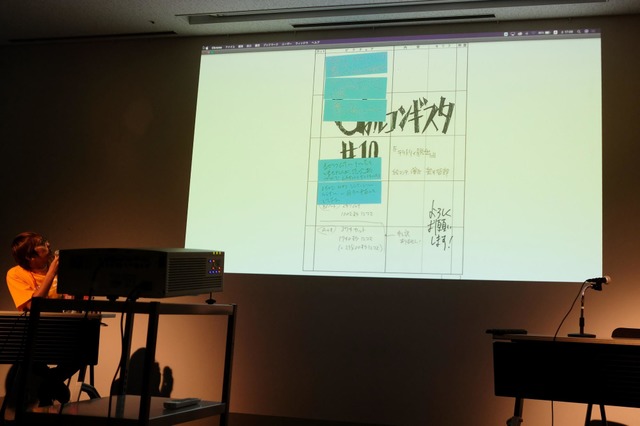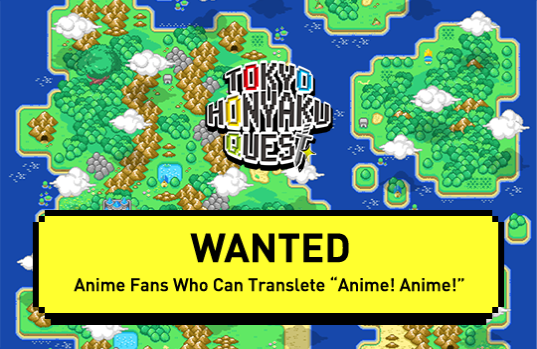“Anitsuku 2019”, an animation production technique event, was held at UDX GALLERY on Sep. 28. The storyboard session held every year by director Komatsuda Daizen brought director Araki Tetsuro, famous for “Attack on Titans” and “Kabaneri of the Iron Fortress”, as a guest to close into the secrets of storyboards.
At the beginning, director Araki shared his story of his storyboard being returned with over a hundred tags when he drew the storyboard for “Gundam Reconguista in G” by director Tomino Yoshiyuki. Director Tomino filled the tags with detailed comments. The tags even on the cover was quite the view.
Director Tomino’s revisions were specific. Where director Araki wrote “surprised” there’s a comment saying not to use vague emotions but to use actions such as “tilt the chin up”. Director Araki says the comment with much thought put into showing the scene was very inspiring.
The most shocking comment was “Does this kind of cut have any strength?”, pointing out the cut closing up to the monitor.
Cuts showing the monitor are easy to increase the density of the cut by using CG. Directors often overuse this technique because of its convenience, however director Tomino’s advice helped him realize that the strength of the cut does not rely on the amount of information it has.
He said drawing storyboards for many years improves your skills but you can get unintentionally poisoned by the standard process. Working with creators far apart in age is a precious opportunity to notice these bad habits.
Next he explained how to present comics in animation using storyboards from “Attack on Titan”. Director Araki liked to use the expression “changing the vessel” for the process of animating “Attack on Titan”. He points out the need of understanding the qualities of the comic before translating it into animation.
For example, the large frame of the female giant smacking down members of the Scout Regiment counts for only a second when in animation. Simply animating this does not have the same impact as reading the comics.
Also, the grammar is completely different from comics, where you can change the size of the frame, to animation, where you have a constant frame size. This is why unique methods such as pauses for intensity or changing the separation of episodes are needed to recreate the sensation of reading the original comic.
The later half of the session was not only about drawing storyboards and had more practical content. How to hold meetings with the directors of each episode.
Director Komatsuda speaks highly of director Araki, saying that his meetings are very efficient. When he was in charge of the storyboard for the scene before the last fight for “Attack on Titan”, director Araki gave him detailed explanation of what it means to the whole series to have this episode that seems to be bland, and the reason he gave him this job. Looking back, he says this motivated him very much.
Director Araki says drawing the storyboard is only half of the job of controlling the film. What is important is the other half, the meetings. He says much help is needed from many people to create an anime. He tries to explain why he made the offer and what he expects of them at these meetings.
There was much to learn from this session not only for the ones dreaming to be directors but for all people in different occupations. It finished way over the scheduled time with great success.


